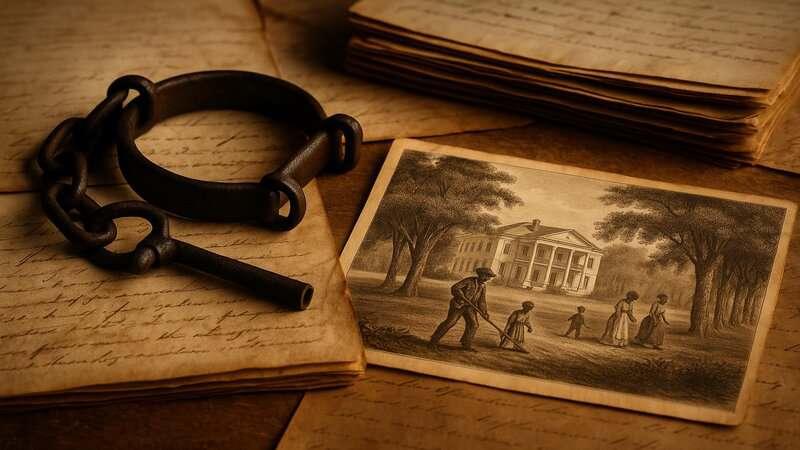2. Slave Owners Varied in Wealth and Status

It’s a misconception that only the wealthy elite owned slaves. In reality, slave ownership spanned a range of social and economic backgrounds. While large plantations often had dozens or hundreds of enslaved people, many small farmers owned just one or two. This broad spectrum meant that the system of slavery touched communities across class lines. The National Park Service details the diversity among slaveholders and their roles in sustaining slavery.

















